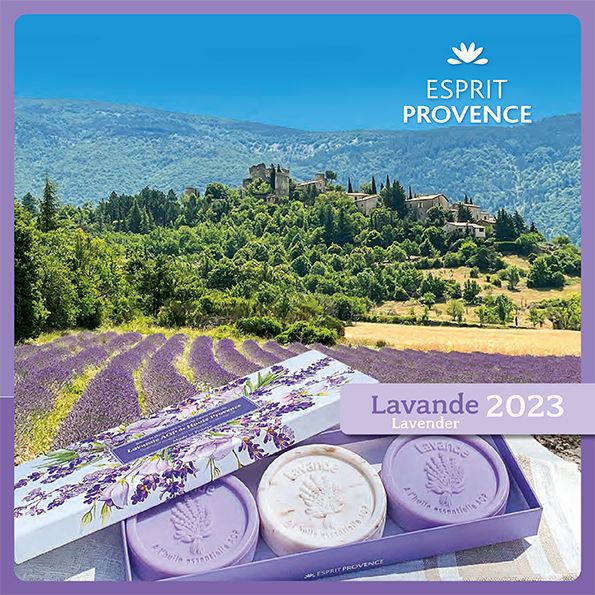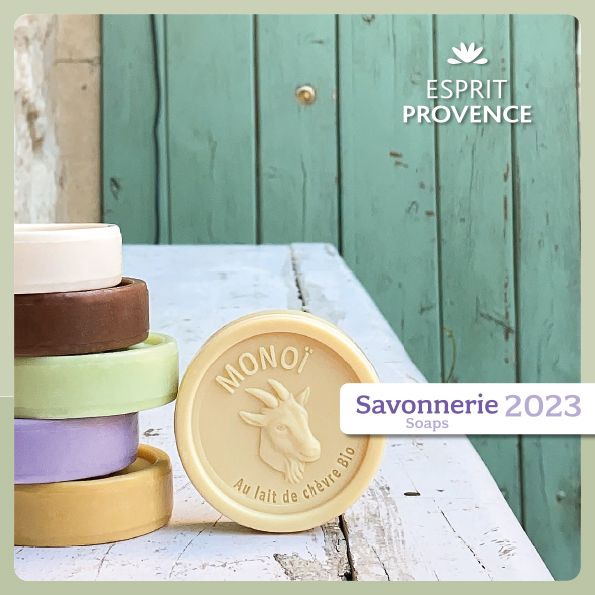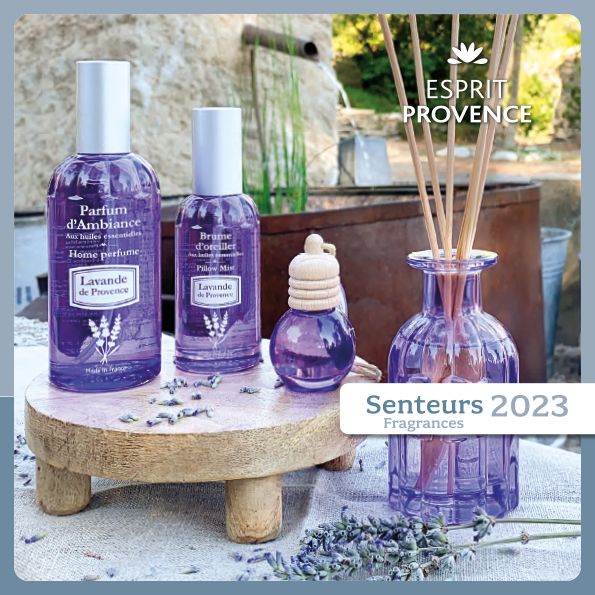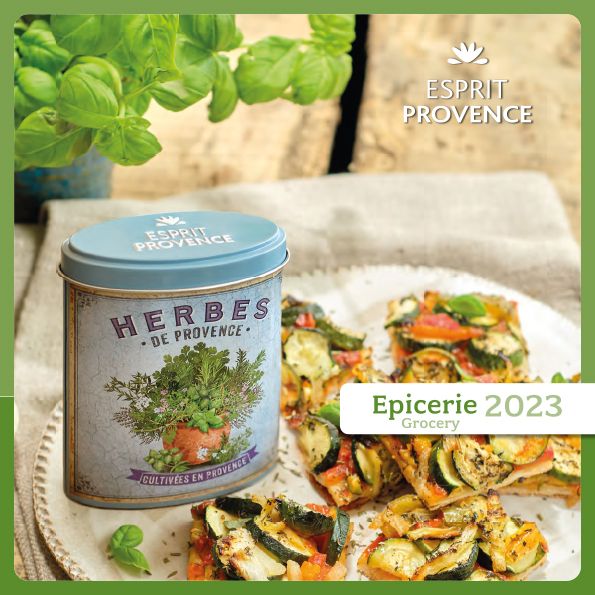Essential oil of lavender from Provence
Regenerating and remedial, the Provence lavender essential oil is used on scars, small wounds and dermal infections. Soothing and sedative, it encourages sleep, the elimination of nervous tensions, migraines and muscle pains. WARNING: these properties, indications and ways of use come from works or web sites references in aromatherapy and herbal medicine. We find them in a regular way and for many confirmed by observations from the scientific circle. However, this information is given for informational purposes, they wouldn’t know how to constitute any medical information, or engage our responsibility. For any use of essential oil in a therapeutic goal, consult a doctor. Common name: Lavander (Maillette type) Latin name: Lavendula angustifolia Botanical family: Lamiacea Distilled part: Flowery leading head Origin (country where the plant is cultivated): Provence – Pied du Mont Ventoux Privileged ways of use: Cutaneous way, internal way, respiratory way
Properties
For health
- Soothing for the nervous system
- Muscular painkiller
- Anti-inflammatory
- Antispasmodic
- Healing dermal
- Muscular relaxing
- Regenerative dermal
- Anti-lice repulsive
For well-being
- Soothing
- Relaxing nervous
- Anti-anxiety
For beauty
- Antiseptic
- Wound healing
- Strong regenerative dermal
Warning: Before taking the decision of applying an essential oil on the skin, it is necessary to inquire about their properties. The Lavender essential oils are denuded of toxicity but others may be very irritating for the skin. Lavender essential oil must not be confused with other lavender essential oil extracted from hybrids species (aspic lavender, super lavandin, gross lavandin…) with properties and with any different contraindications.
Using advice
Skin benefits
- Burn: dilute a dozen drops in a teaspoon of vegetal oil to apply on the area, which need treatment. On a small burn, apply directly a pure drop.
- Anti lice repulsive: 2 to 5 drops diluted in a nut of shampoo (to learn more about this natural treatment, also read our article on anti lice essential oils).
- Sunburn, rosacea, dermatosis, eschar, eczema, dermal mycosis, pruritus: dilute a dozen drops in a tea spoon of vegetal oil and apply on the painful area.
Cardiovascular and circulatory benefits
High blood pressure, palpitations: in olfaction all day long, drop a drop on each wrist or breathe on top of the flask. We can also dilute it at 20% in a vegetal oil to rub the solar plexus, the spin, the top of the back and the feet soles.
- Url & genital benefits – Painful periods: dilute to 20% in a vegetal oil to rub the lower abdomen.
- Respiratory and ORL benefits – Asthma, spasmophilia, oppression: in olfaction, in diffusion or in inhalation. – Bronchitis, laryngitis, rhinitis, rhino pharyngitis, sinusitis: in olfaction, diffusion or inhalation. Or dilute to 20% in a vegetal oil to rub the thorax, the spin and the feetsoles. – Otitis: 2 drops of essential oil behind each ear, but never directly in the ear. – Spasmodic cough: in olfaction, diffusion or inhalation. We can also dilute it to 20% in a vegetal oil to rub the thorax, the spin and the feet soles. Or by internal way after a health professional consultation.
- Digestive benefits – Nervous abdominal spasms: dilute to 20% in a vegetal oil to rub the stomach.
- Muscular and articular benefits – Cramps, contractures, muscular pains: dilute to 20% in a vegetal oil to rub the painful area (2ml of essential oil with 8ml of vegetal oil).
- Other benefits – Migraines: dilute to 20% in a vegetal oil to rub the painful area. Against a temporal migraine, rub directly the temples with one drop of essential oil.
Essential oil of lavender is a very soft oil. It can be used through the third term of pregnancy and by children of more than 6 month.
Characteristics
Lavender is a perennial plant with high olfactory qualities. This shrub own long linseed stems bearing elongated and pointed grey green leaves. The flowers are grouped in ears. The biochemical composition is likely to evolve according to the production conditions. Linalyl acetate: 30% to 50% Linalol: 30% to 45%



